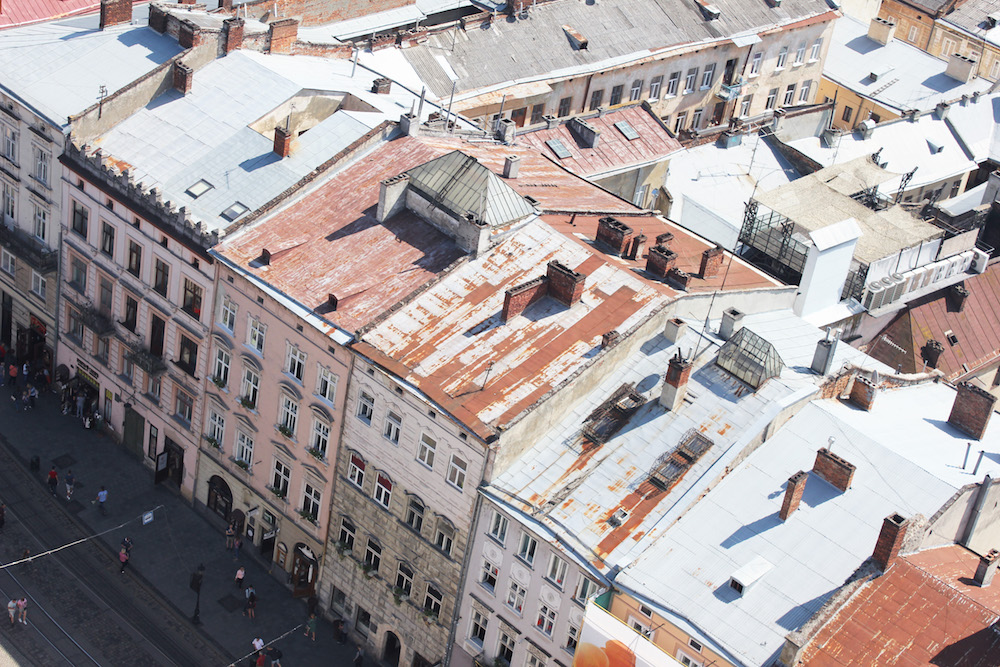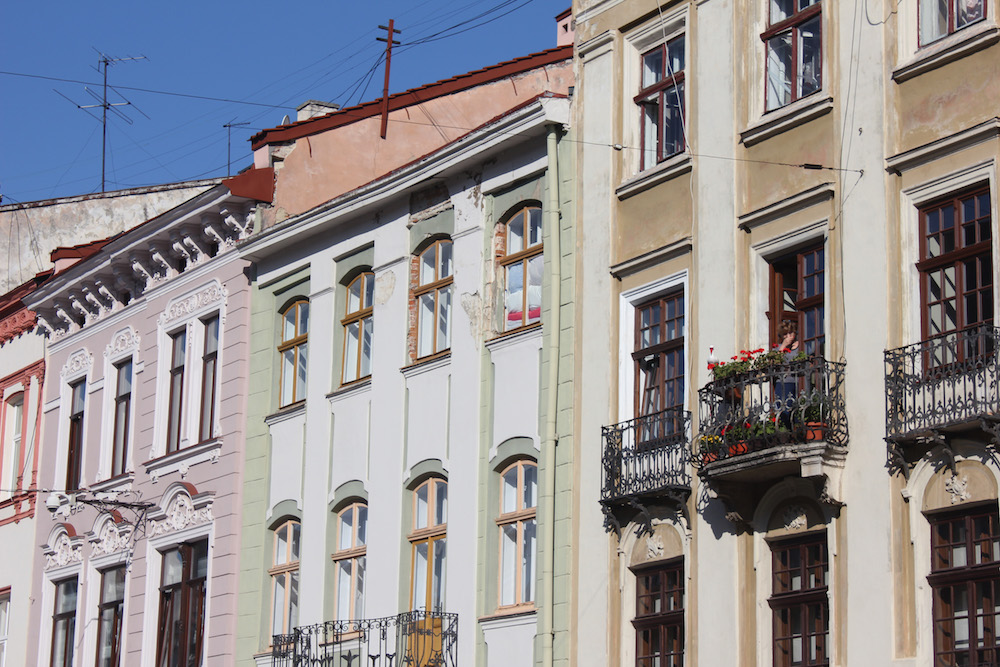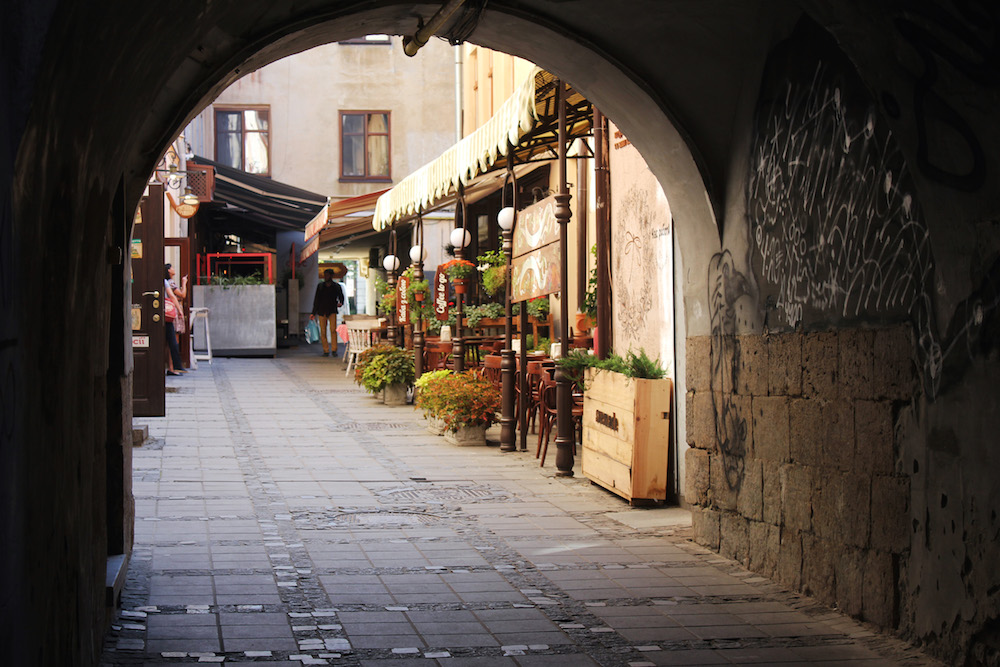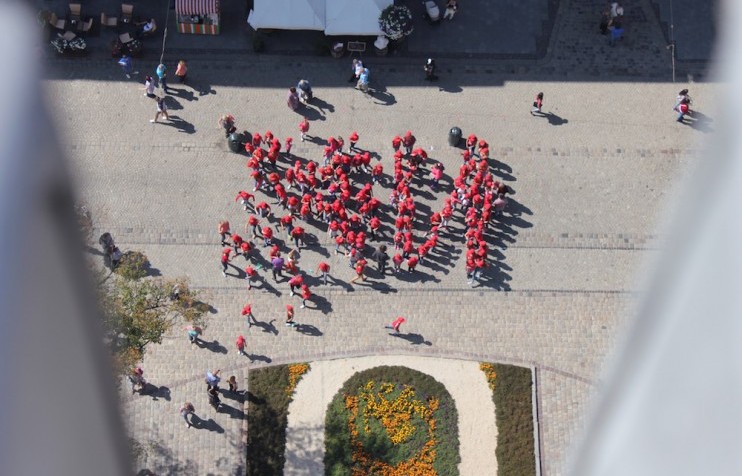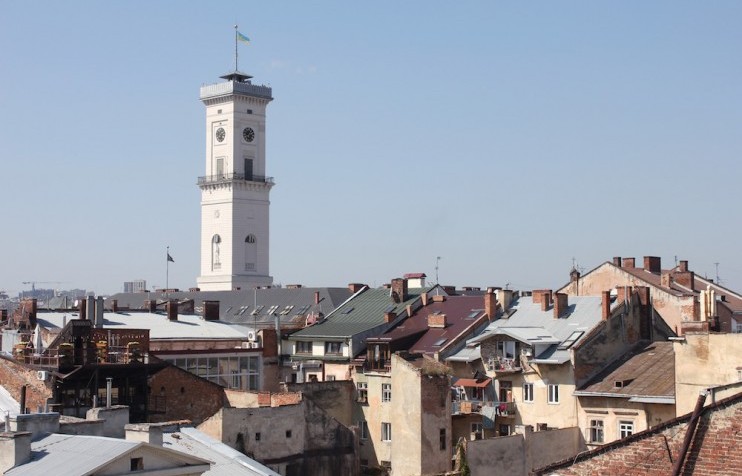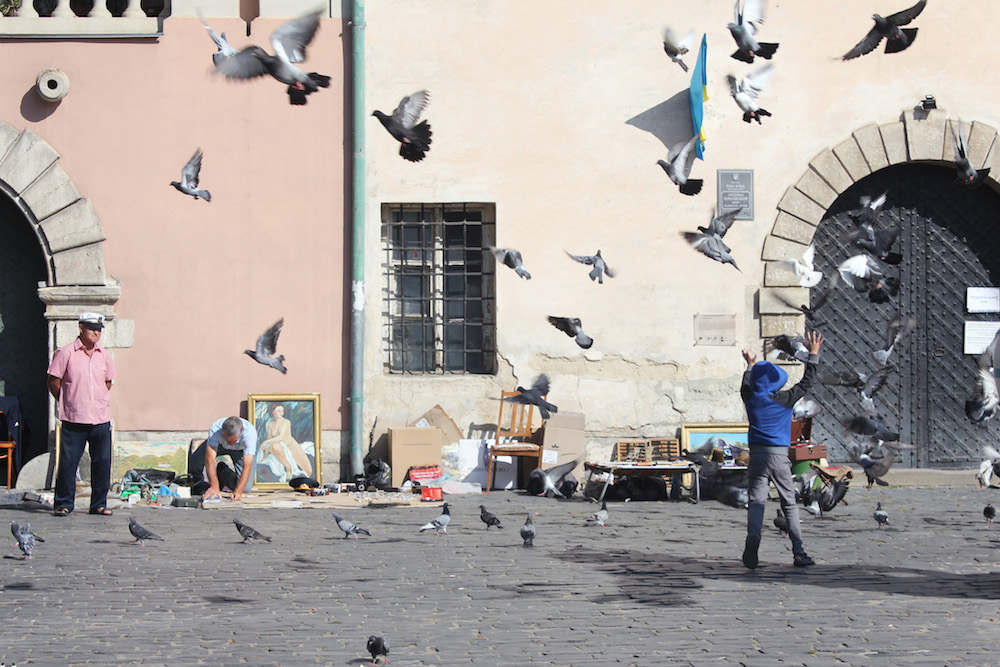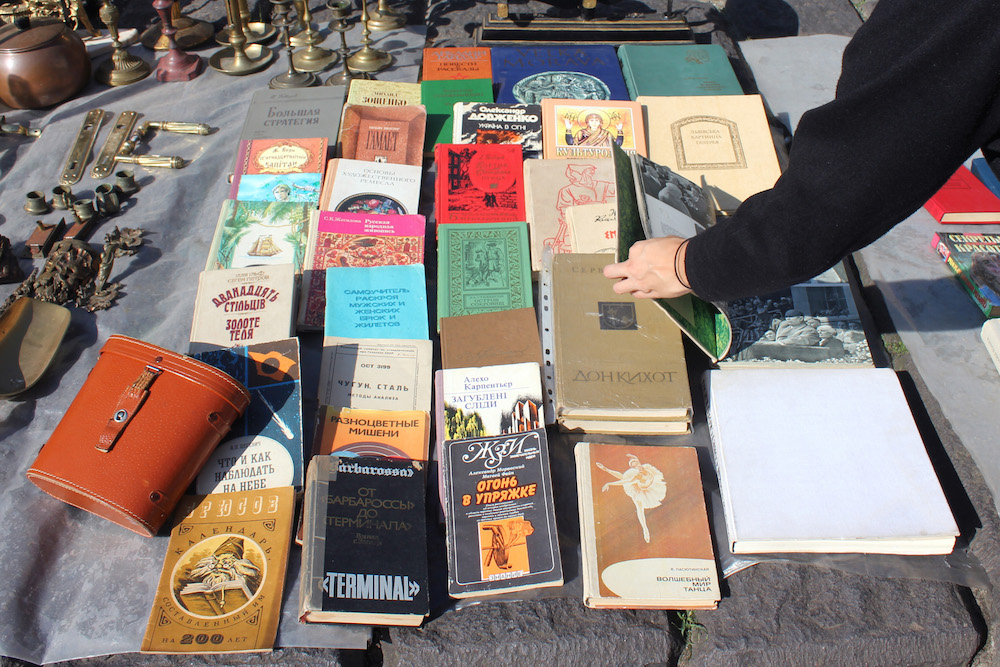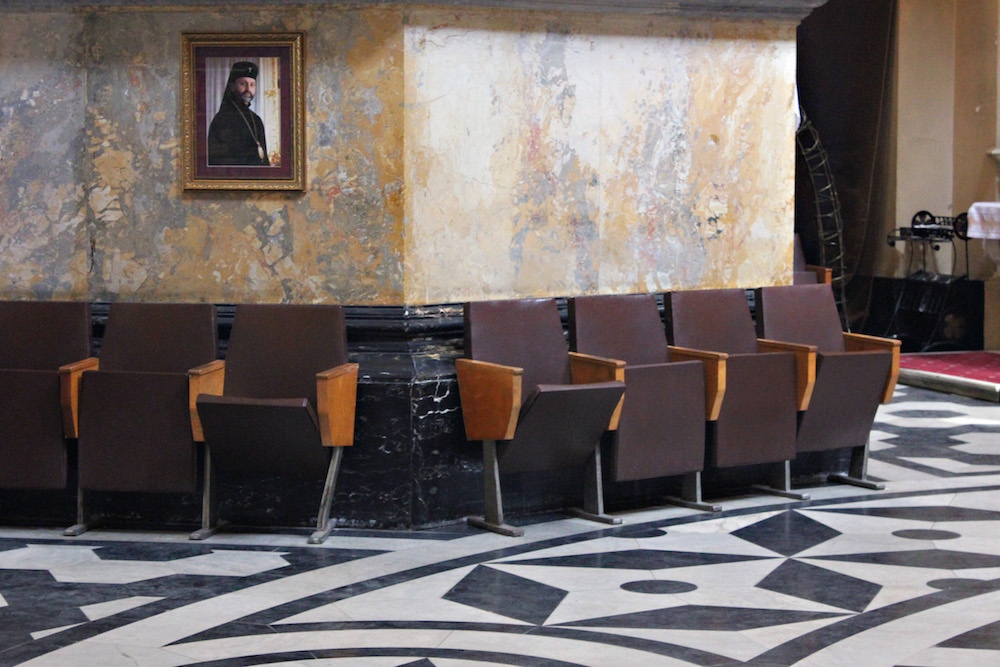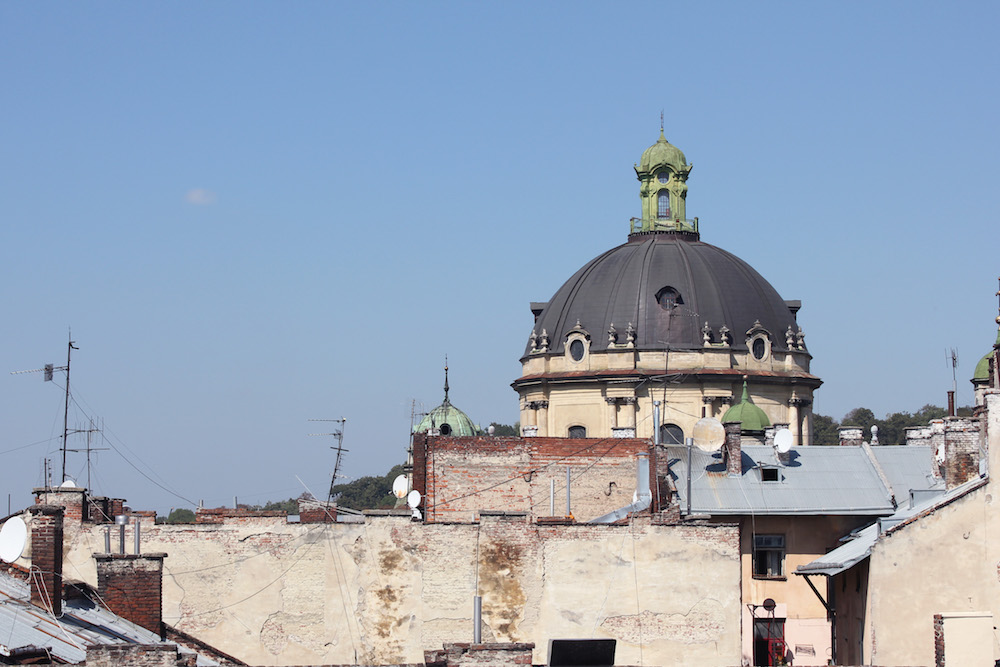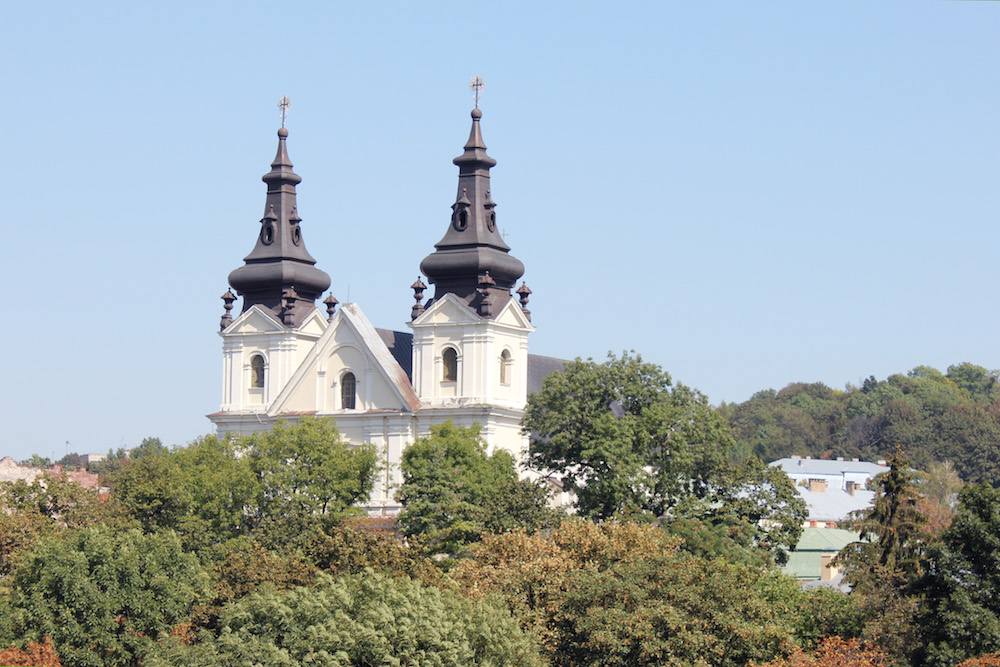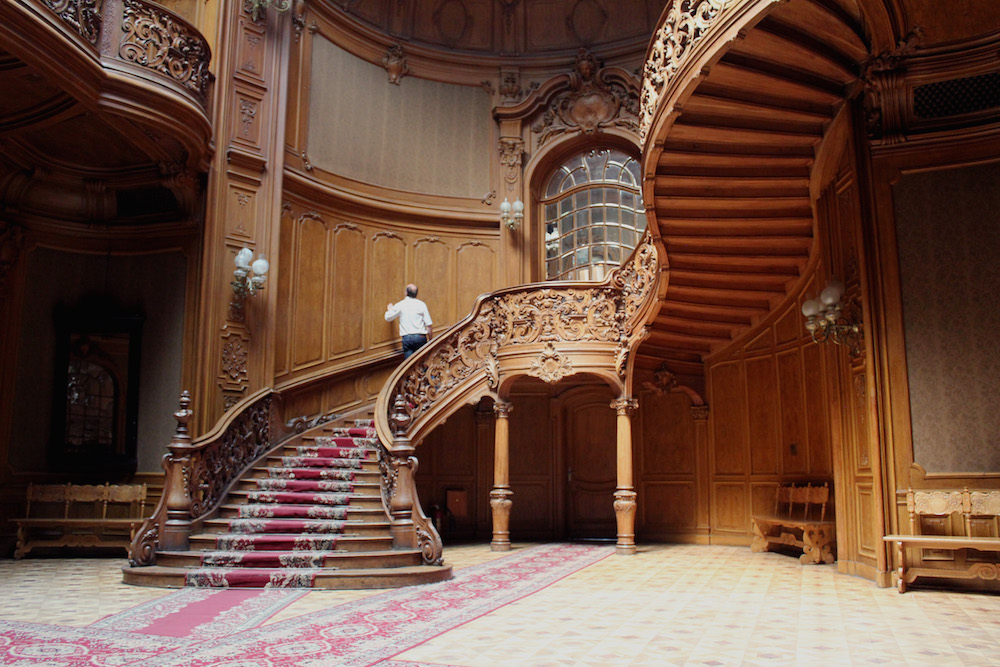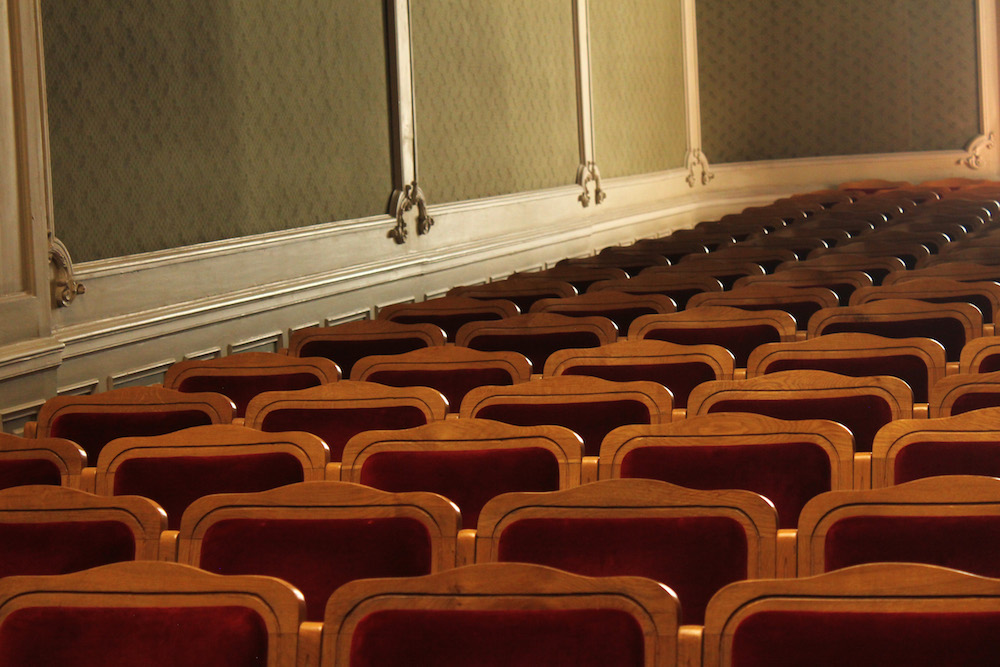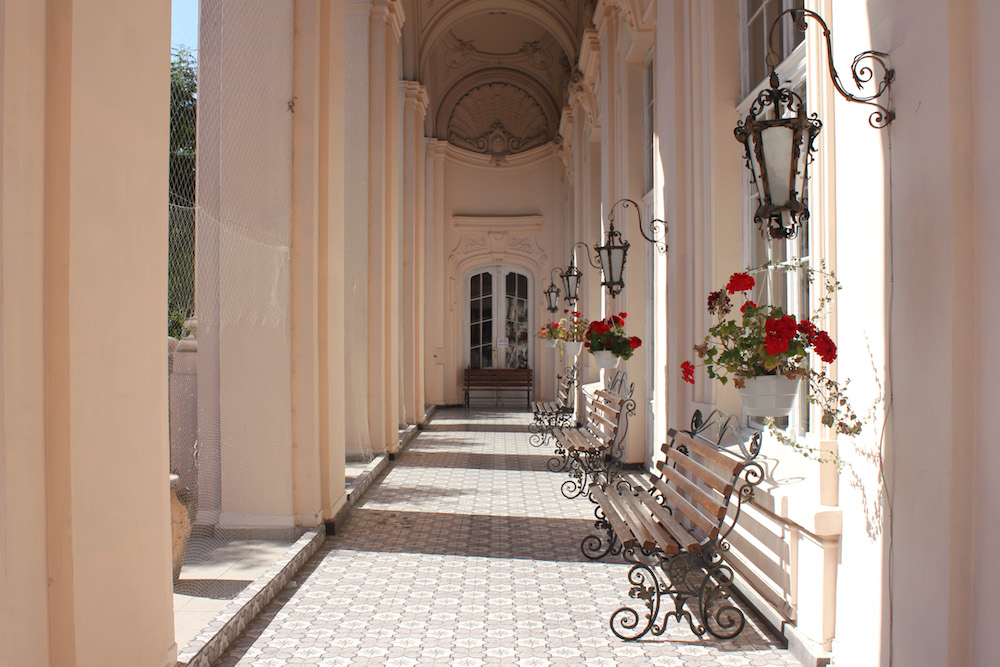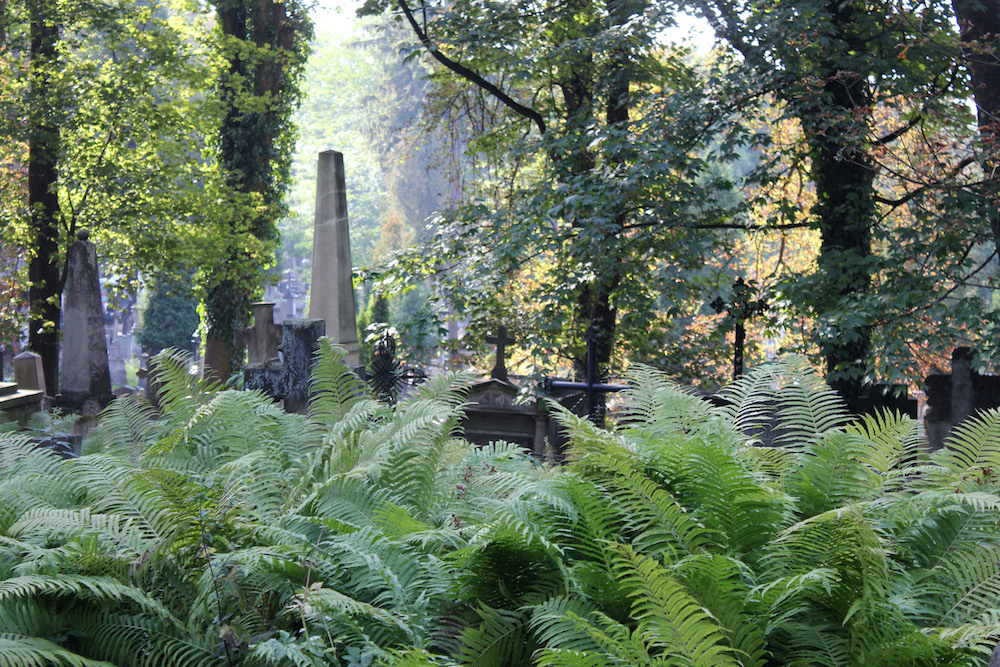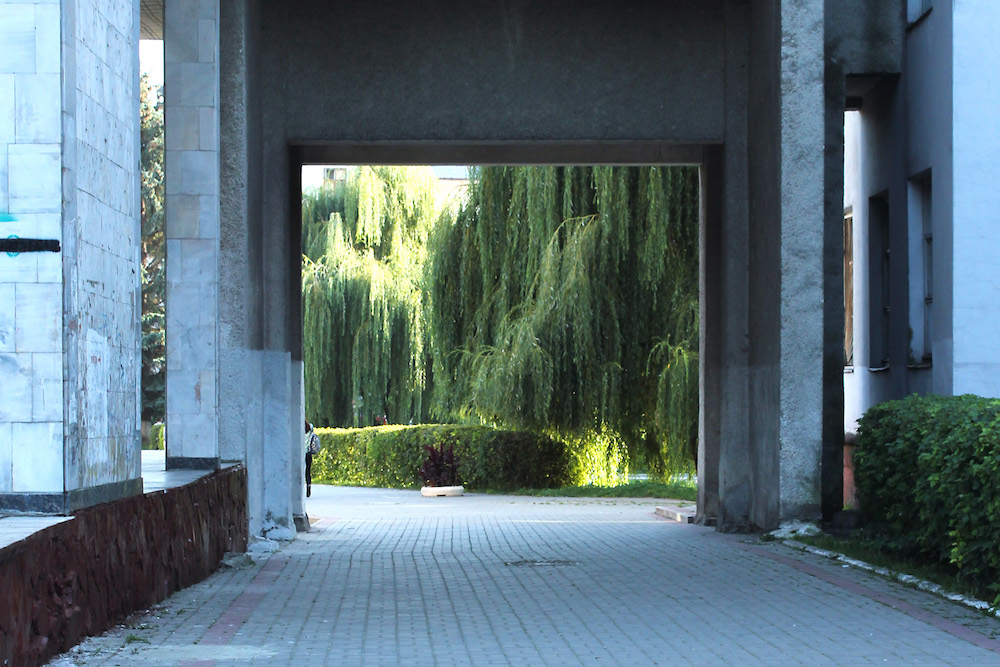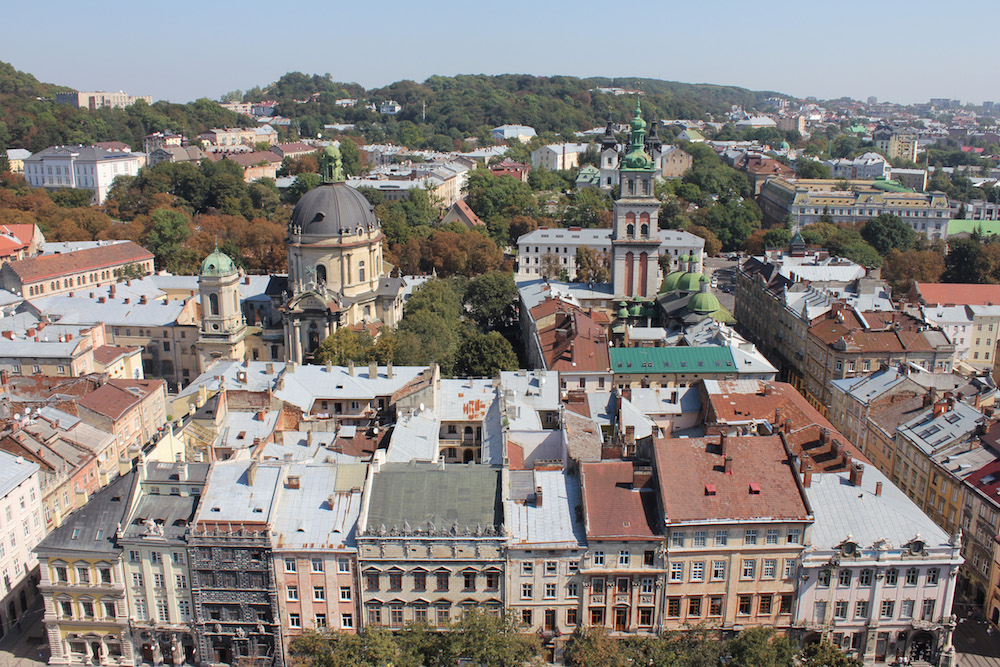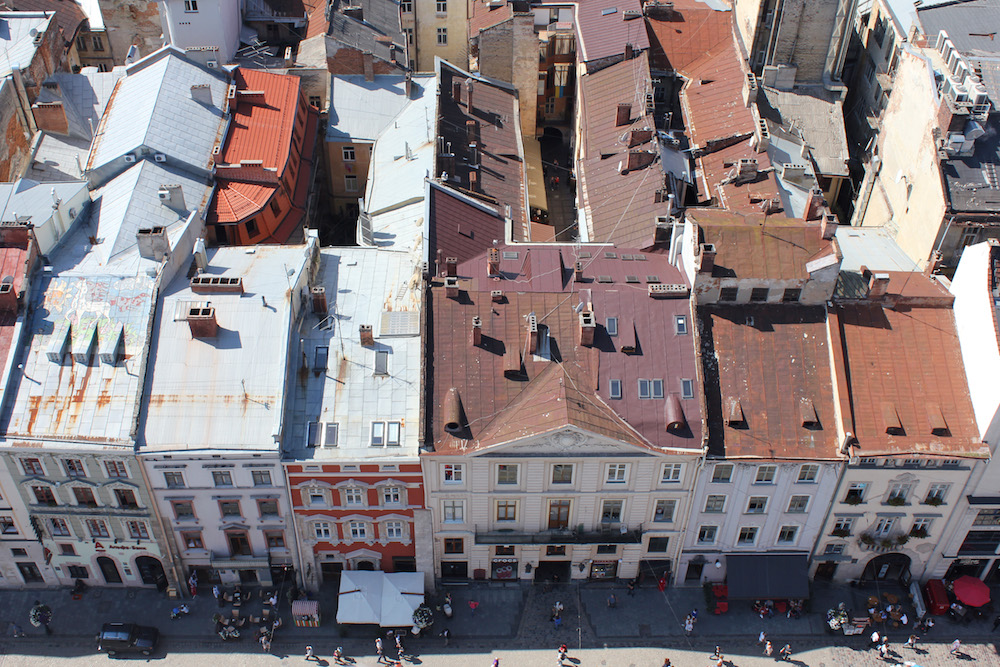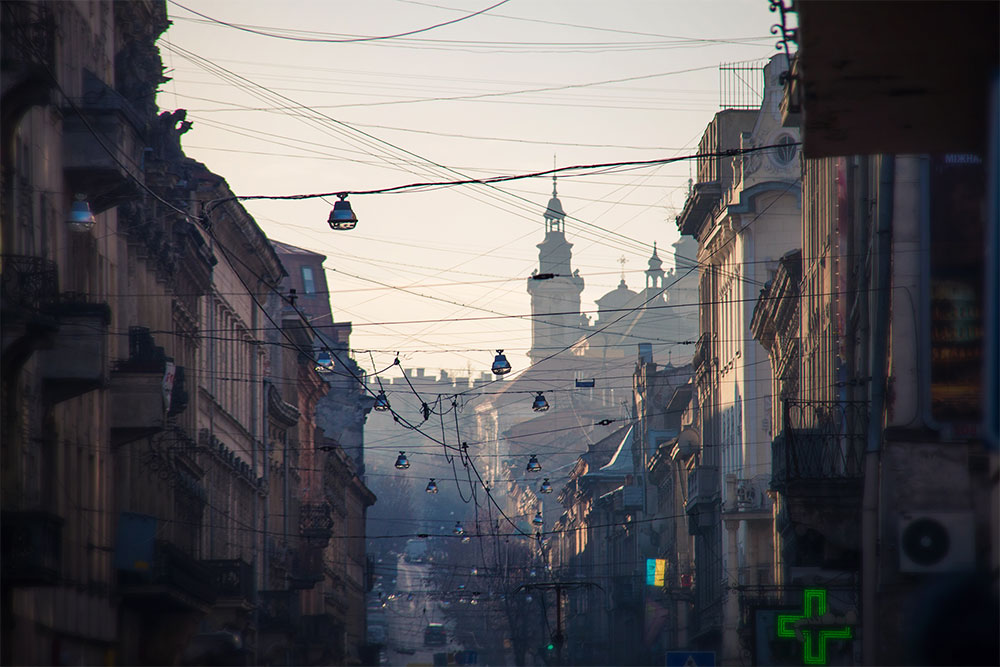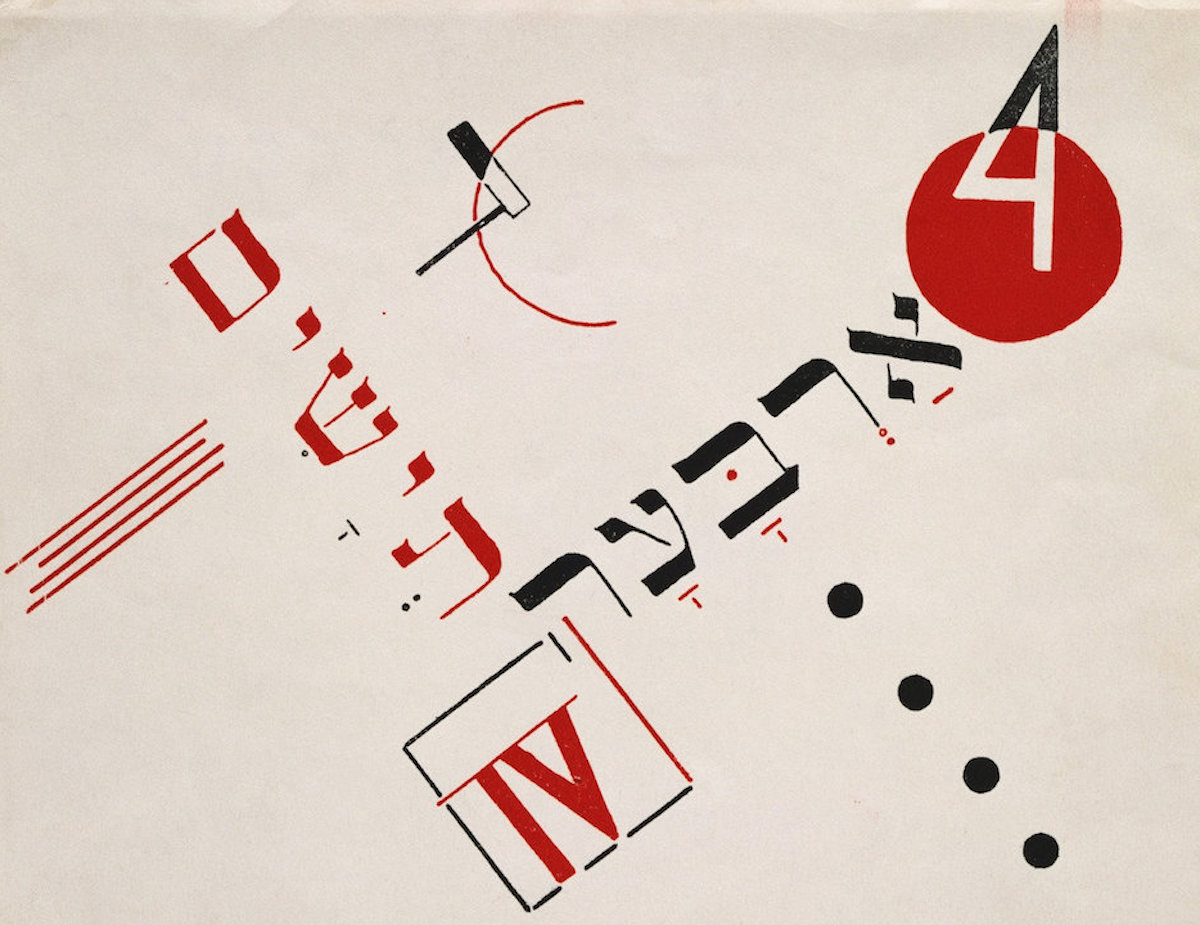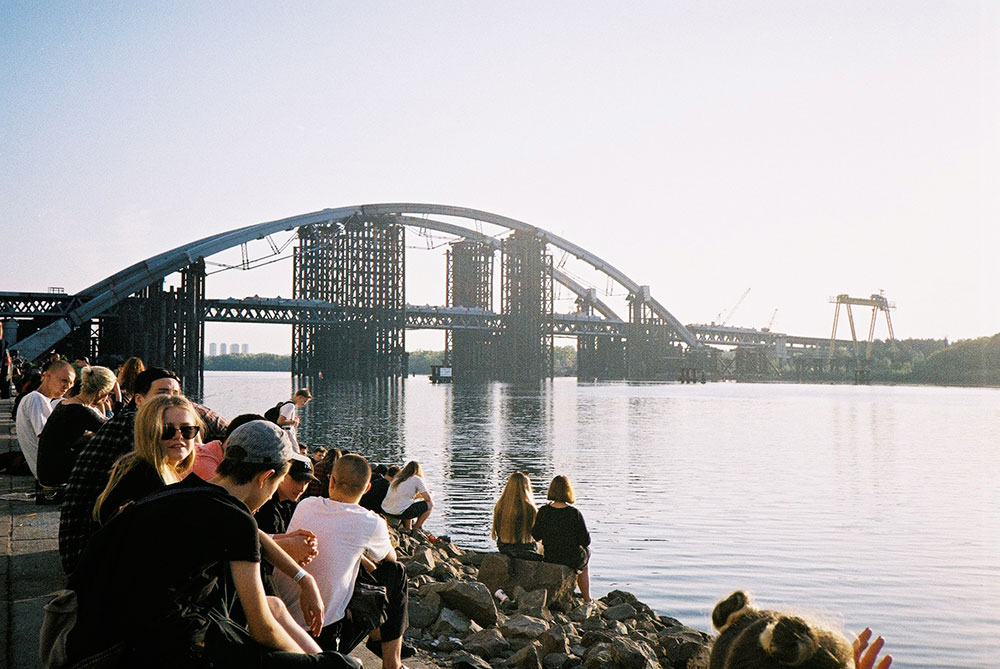24 hours in Lviv: make the most of your next trip to west Ukraine’s tourism capital
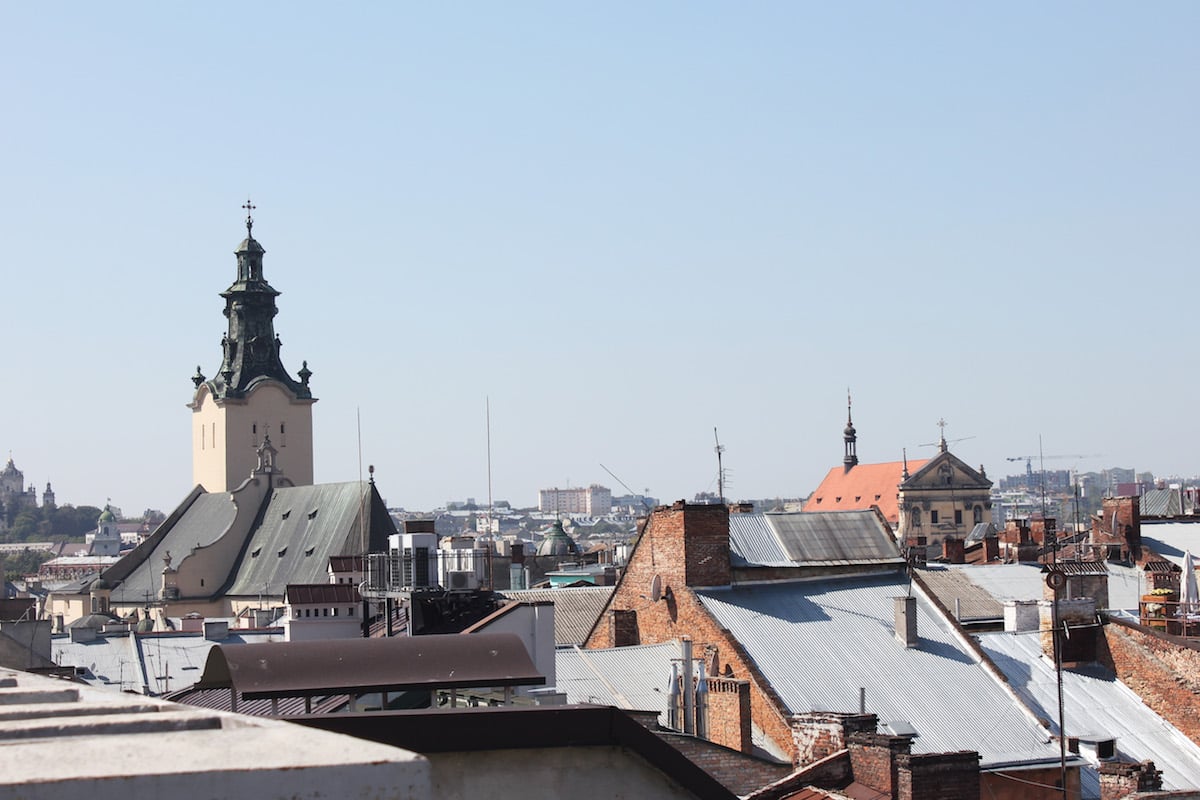
Lviv is famous for its multicultural history and baroque and neo-classical buildings. But it’s also home to a slew of new bars and outlets and some under-appreciated Soviet-era architecture. Here’s how to spend a day in the city, from food to shopping to the best photo ops.
Lviv, Lwów, Lvov, Lemberg — this city goes by many names. Invaded by the Tatars, settled by Poles and Armenians, inherited by a Lithuanian duke, annexed by the Habsburg monarchy and inscribed as a major Jewish cultural centre; all manner of people have passed through these rolling hills, giving Lviv its peculiar nomenclature. With the fall of the Austro-Hungarian empire, Lviv was plunged with Europe into a vicious game of shifting borders, and the rest is history.
The pastel heart of the city survived the wars of the 20th century largely unscathed, but Lviv is hardly a relic. It emerged from Ukrainian independence and into the 21st century as an unabashedly nationalist city, evidenced by the abundant blue and yellow flags — both the Ukrainian bi-colour and the flag of the European Union.
Contemporary art spaces and an expanding nightlife join the aging churches, picturesque squares, classic coffeehouses and cozy borscht restaurants to create a distinctive Leopolitan experience.
Arriving in Lviv by train, you’ll most likely pull in late in the evening to the station. Disembark from the slightly antiquated but largely comfortable (complimentary tea and shoe shine!) train from Budapest, Krakow or Kiev at Lviv’s art nouveau station and take in the scene. Groups of soldiers smoke and lean against the ornate pillars, silhouetted by the lights of oncoming trains. A wheeltapper walks up and down the tracks, hitting the axles and wheels with an iron rod, flashlight in hand, and they sing back at him.
The whole of Lviv’s historic centre is a UNESCO World Heritage site, the taxi driver will tell you keenly. As you bump along the cobbled streets, you’ll see why the air tastes so clear — maples, poplars and firs fly by, and there is hardly a street corner not occupied by trees.
The cheerful bustle of the city centre turns into a boisterous, noisy scene come nightfall, when crowds pour into the streets for local beer brewed in a 300-year-old brewery or Georgian wine by the bottle. Head to 4Friends — unlike many other bars in the city, it steers clear of both Soviet kitsch and faux-rustic village aesthetics. Unless you’re a real connoisseur, take the bartender’s advice as to their favourite whisky for a nightcap.
The next morning, wake early and venture to Rynok Square to make the most of the day, starting with coffee. Vienna may be the better known destination for quality caffeine tourism, but Ukraine has a claim to be the real inventor. In the 17th century, war hero Yuriy Frants Kulchytsky brewed the first cup of coffee in Vienna; he was born in the Lviv Oblast, which was admittedly then part of the Polish-Lithuanian Commonwealth, but we won’t get stuck on the details. In any case, coffee here comes with a little less pretension and a bit more kick. You can sample lattes with black pepper and nutmeg, or espresso diluted with Vana Tallinn, a rum-like spirit brewed in Estonia. Too much? Try Svit Kavy instead, who roast their own beans in a second location outside the city centre.
Five minutes from Rynok Square, Lviv’s open-air book market fills up early with locals selling second hand books and trinkets around a towering monument to Ivan Fyodorov, who established the first publishing house in Moscow. Facing persecution from the Muscovite scribes who felt threatened (quite rightly) by the typographer, Fyodorov fled to Lviv in 1572. A variety of Ukrainian and Russian books are on display, from 19th-century fungi encyclopedias to the latest translations of Zadie Smith. Even if you can’t read the titles, you can still admire the vintage cover designs and watch old men dodder around the colorful plaza, rearranging their companions’ wares at leisure.
Zigzag back through the lanes to peer into each of Lviv’s many houses of worship. The Armenian Cathedral, with its deceivingly modest courtyard, opens onto a multitude of colourful frescos. Hunched women shuffle the dust around the pews, light candles and scold tourists for taking photos. In this and other churches near the market square, you’ll notice that almost everyone stops as they pass the arching doorways to cross themselves before carrying on. When visiting the churches, remember the cardinal rule of architectural appreciation: look up!
Walk to the edge of the old town, where you’ll find the one part gastropub, one part matryoshka doll. As you climb the cramped stairwell, you’ll find each floor has a different theme. Themed bars are popular in Lviv — while this one is a cross between a ruin pub and a village tavern, there are also a number of more gimmicky bars that contain, for instance, shooting ranges and the paper heads of selected despots. The rooftop of the House of Legends does, however, offer an intimate view of the city’s abundant green domes, pigeon-clad chimneys and cacophony of bell towers. Stay for a drink and the view, but move to something ground-level for a proper lunch — you’ll no doubt be hungry by this point.
Around the corner in leafy Koliivshchyny Square is the recently opened cafe Plates & Cups. The decor is cheerful but casual, and the canteen vibe is helped by the exceedingly friendly staff. While the all-day breakfast menu doesn’t disappoint, the real star here is dessert. Their pastry chef is clearly an alchemist: try to resist having a slice of everything.
Themed bars are popular in Lviv — from ruin pub-cum-village taverns to more gimmicky bars that contain, for instance, shooting ranges and the paper heads of selected despots
Not a minute’s walk from Plates & Cups is the small but mighty Rhizome Store, which stocks women’s clothing and jewelry from contemporary Ukrainian designers. Next door is Vinyl Club, an equally tiny space with a perfectly curated selection of new and used records, record players and CDs. One could easily spend an hour or more here, happily browsing to the sounds of Beck and Bonobo. If you’re looking for an unconventional souvenir and still own a CD player, pop on a set of headphones and comb through the shelves of Ukrainian classics and up-and-comings.
From here, stroll past the colassol monument to Taras Shevchenko that has since replaced a toppled Lenin. Just around the corner is the House of Scientists — once home to a “noble casino”, the turn-of-the-century rooms now stand empty. Aside from the haphazardly taped No Smoking signs taped to the windows, entering the building feels like (as much as it’s a cliché) stepping back in time. While most of the rooms impress with their marble fireplaces and ornate flooring, a side chamber serves as an auditorium, stuffed with plush red velvet chairs and paradoxically modern flags. Climb up the lavish oak staircase — if you can get past the cohort of girls posing suggestively on the banister — to find the musty library.
En route is the Lviv Theatre of Opera and Ballet. Relatively quiet in the summer, it puts on an impressive range of Ukrainian work in autumn and winter in the spell-binding, gilded concert hall.
Follow the tree-lined streets past the National University of Veterinary Medicine and Biotechnologies to admire the curious murals, then get a little downtime meandering in Lychakiv Cemetery, the largest in Ukraine. The sprawling necropolis is a peculiar mix of the 19th century upper class, Polish heroes, Soviet soldiers and creeping fern groves.
Anyone acquainted with Ukrainian history will find a few familiar faces among the headstones, including Maria Konopnicka, the prominent Polish writer and women’s rights activist, and Ivan Franko, a poet, critic and political radical who helped found the nationalist movement in western Ukraine. If it’s raining, visit Dzyga instead — part cafe, part art gallery and exhibition space, its cavernous rooms are at the heart of Lviv’s creative community.
As the afternoon draws on, take a last look at the whole city before the sun dips beneath the hills. The most famous look-out point in Lviv is Castle Hill, but climbing the tower of the City Hall provides a true panorama. The leaning wooden staircase that edges along the tower walls is not for the faint of heart, but arriving at the top is worth it. As the city rolls out at your feet, the bells toll in brassy polyphony.
Head to dinner: Vegan Hooligano is Lviv’s first plant-based restaurant and has locations in Kiev and Odessa, too. The menu is adventurous — think tartar sauce and seaweed wrapped in a tortilla — but delicious. The restaurant has stacks of magazines and board games, so make yourself at home.
Finally, as night falls, skirt past the atmospheric Armenian courtyard, enter what appears to be the abandoned shell of a recently demolished building, hop over an unmarked threshold and climb the dusty staircase until you come to a promising leather-encased door. Welcome to Libraria. Abandon your Ukrainian-English dictionary — all your conversations from now on will take place in the din of a spirited jazz quartet, with wild hand gestures and plenty to drink. The decorative mix is one part 1920s New York and the other Cambridge library. The brevity of the cocktail menu means you can try one of everything.
When the ancient pianist returns from intermission, glass in hand, he winks and all the creases in his face seem to smile.
